10 Weird and Fascinating Facts About U.S. Money You Probably Didn’t Know
We all use money—carry it, count it, maybe even stash it under the mattress, but how much do you really know about it? U.S. currency has a long, fascinating, and sometimes downright bizarre history. From hidden messages to banned bills and seriously odd materials, here are 10 strange facts about U.S. money that may surprise you.
1. The $2 Bill Is Still Legal Tender—But People Think It’s Fake
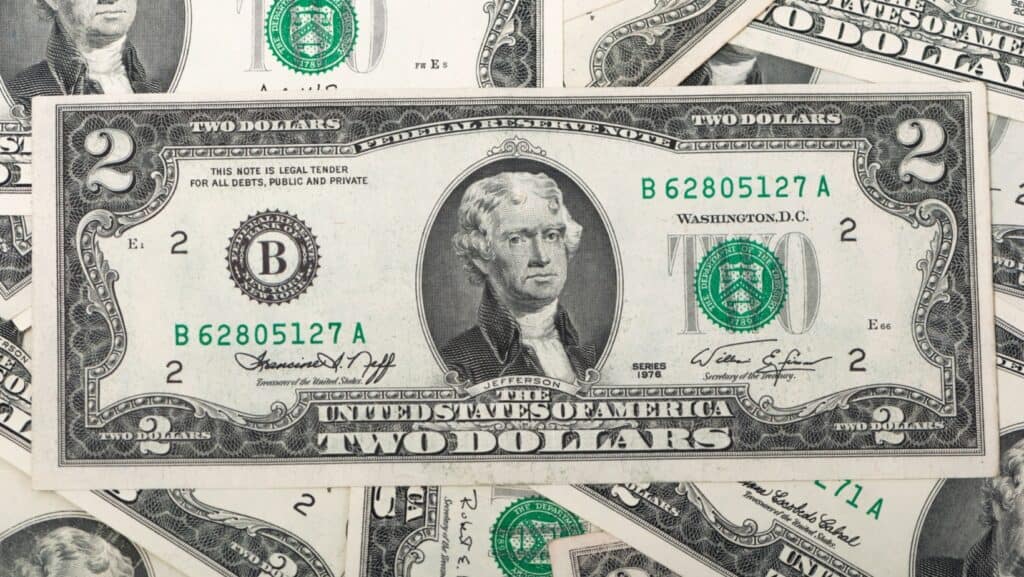
It’s not Monopoly money! The U.S. $2 bill is very real and still printed (though in much smaller quantities). Many people think it’s been discontinued because they rarely see it in circulation. But walk into a bank and ask nicely, and they might just give you a crisp one. Some even hoard them thinking they’re rare collectibles, but unless they’re from the 1800s, they’re probably only worth face value.
2. Money Isn’t Made of Paper

Contrary to popular belief, U.S. currency isn’t made from trees. Bills are actually a blend of 75% cotton and 25% linen—similar to what you might find in clothing. That’s why they feel so different from regular paper and why they can survive a spin in your jeans pocket better than a receipt.
3. There Used to Be a $100,000 Bill
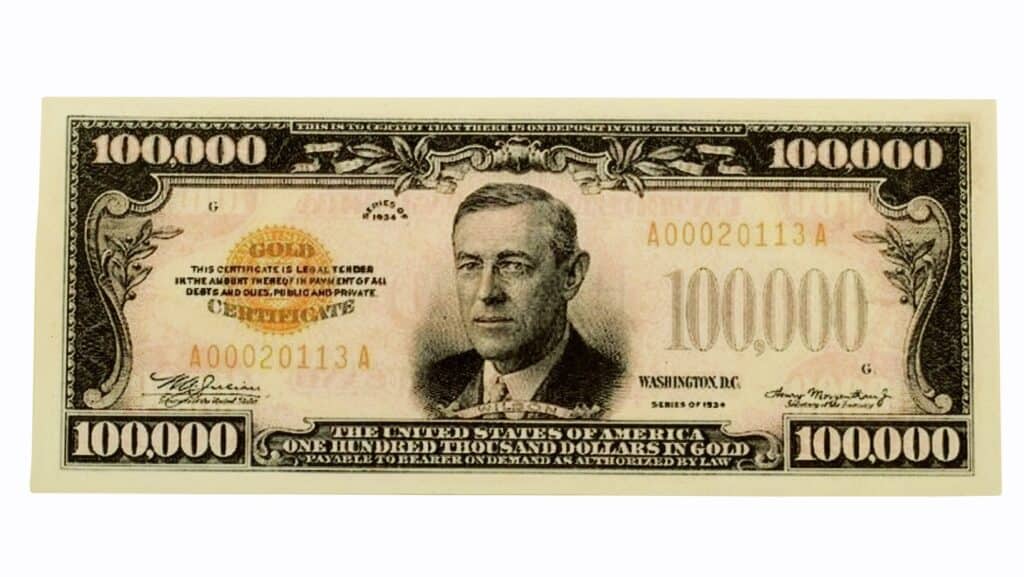
Yes, really. In 1934, the U.S. printed a $100,000 gold certificate featuring President Woodrow Wilson. But don’t expect to see one, it was never meant for the public. It was used strictly for official transactions between Federal Reserve Banks. If you had one today, it would be illegal to own.
4. There’s Secret Symbolism All Over the Dollar Bill
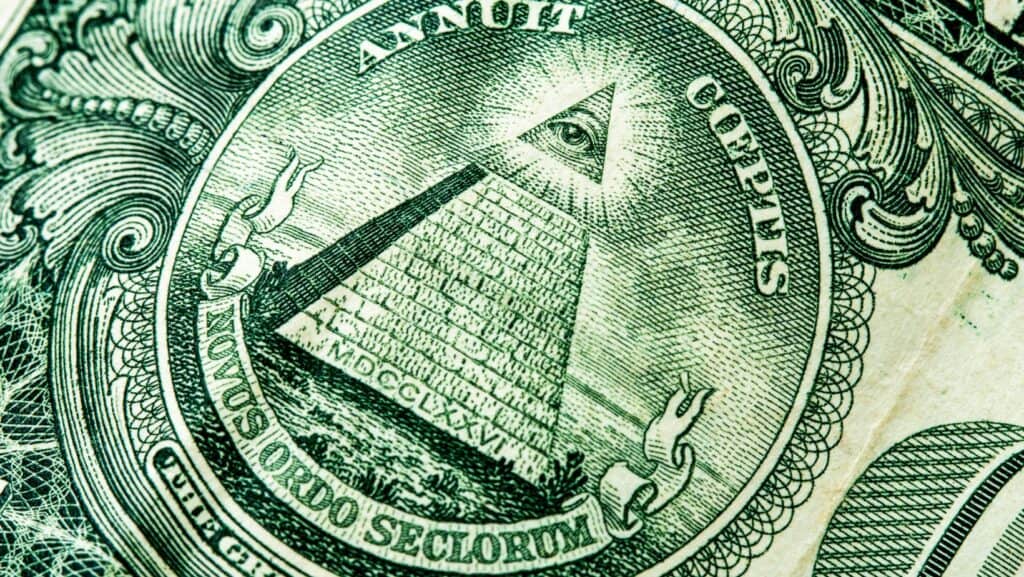
Take a close look at a $1 bill, it’s packed with symbols. The pyramid with the “all-seeing eye”? That’s part of the Great Seal and supposedly represents strength and duration. The 13 steps on the pyramid, 13 arrows, and 13 stars refer to the original colonies. Conspiracy theorists go wild over this one, but most of the iconography dates back to early American ideals.
5. Coins Have Ridges to Prevent Cheating
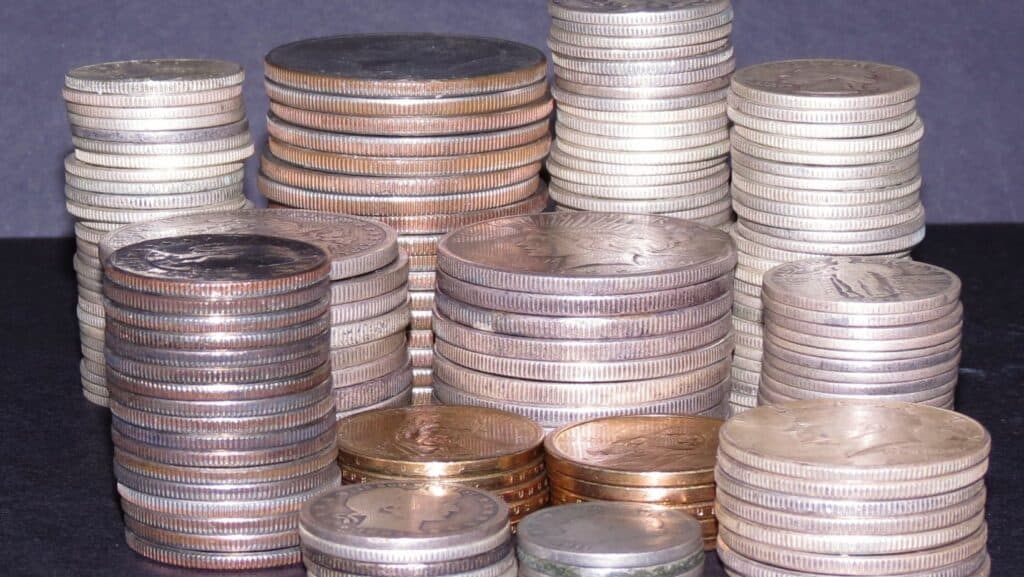
Ever wondered why quarters and dimes have ridged edges while nickels and pennies don’t? It dates back to the 18th century, when coins were made from precious metals like silver or gold. People used to “clip” small amounts off the edges. Ridges, called reeding, made it obvious if a coin had been tampered with. Today’s coins don’t contain precious metals, but the ridges stuck around as tradition.
6. You Can Legally Deface Coins—But Not Bills
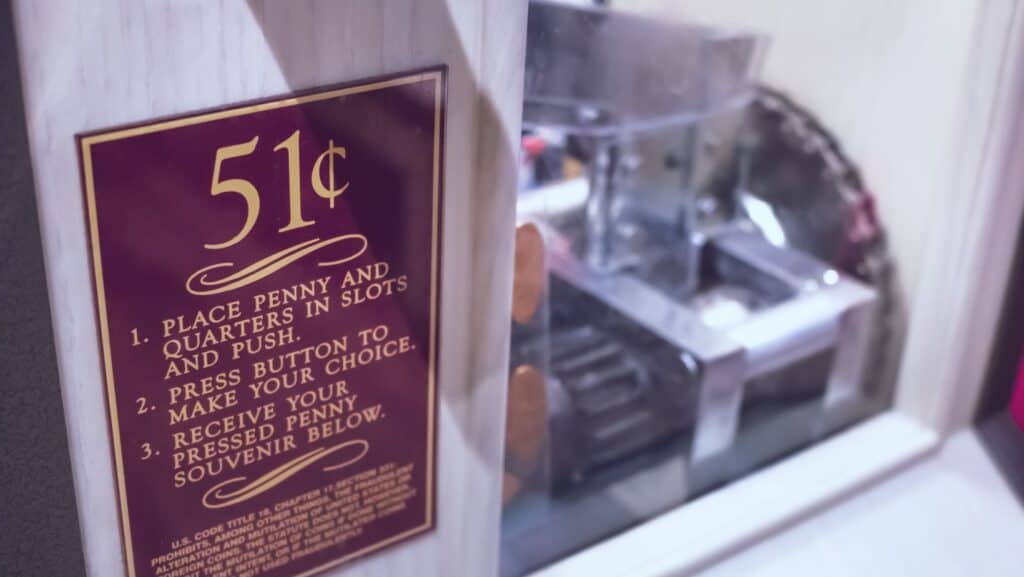
Scratching a penny into a souvenir machine? Totally legal. Writing “MARRY ME” on a $5 bill? Technically a federal offense. While it’s a common myth that defacing any money is illegal, the truth is more nuanced. According to U.S. law, it’s illegal to mutilate currency with intent to defraud (such as altering a bill’s value), but coins are fair game for art, jewelry, or even those pressed souvenirs at tourist stops.
7. Pennies Cost More to Make Than They’re Worth

It costs more than two cents to produce a one-cent coin. According to the U.S. Mint, the cost to manufacture a penny in 2024 was about 2.5 cents. That’s been true for over a decade, raising the question: why do we still make them? The answer is tradition, and public resistance. Every so often, Congress debates eliminating the penny, but so far, it survives.
8. Dead Presidents Aren’t All Dead Presidents
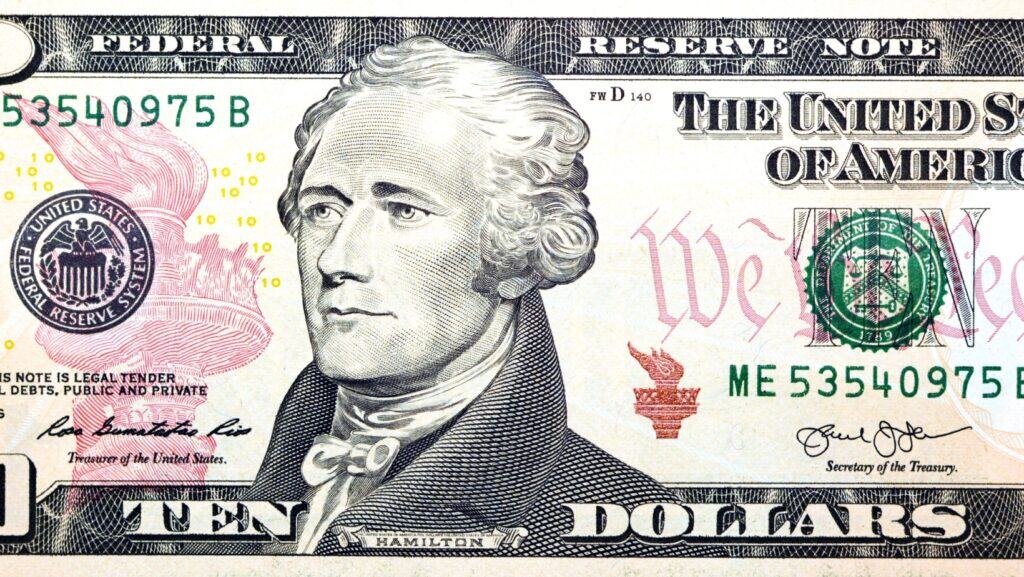
The phrase “dead presidents” is a common slang term for money, but not all U.S. currency actually features presidents. Alexander Hamilton, on the $10 bill, was never president, he was the first Secretary of the Treasury. Benjamin Franklin, on the $100, wasn’t president either. Both were founding fathers, but not commanders-in-chief.
9. You Can Track Your Dollar Bill’s Journey Online

Ever wondered where that $20 in your wallet has been? Thanks to sites like Where’s George?, you can enter your bill’s serial number and see its travel history, if someone else has logged it. You can also track where it goes next after you spend it. It’s part science project, part scavenger hunt, and all very geeky fun.
10. Money Doesn’t Die—It Gets Shredded
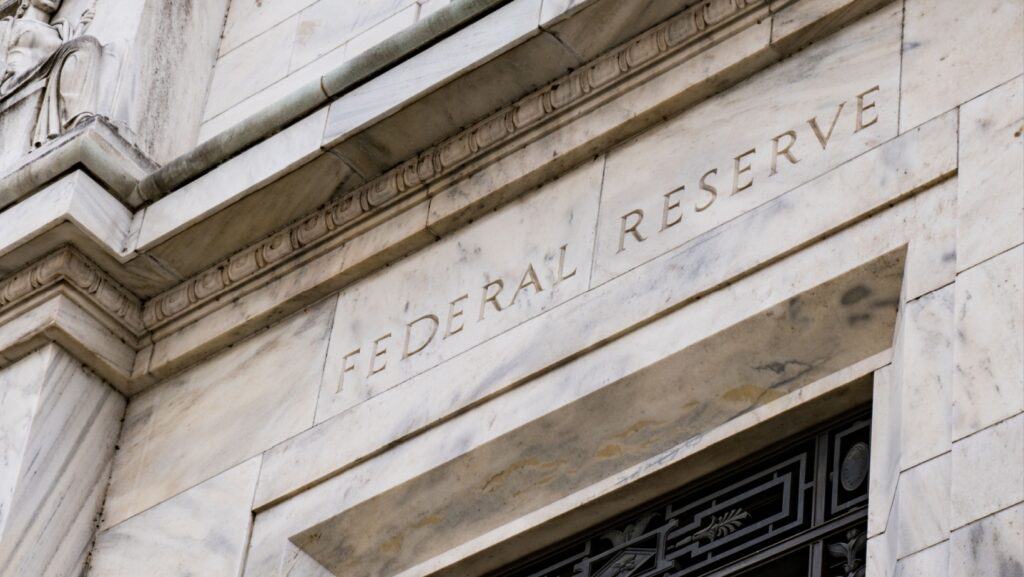
When U.S. currency gets too damaged or worn out, it’s removed from circulation and literally shredded by the Federal Reserve. Some of it even gets recycled into souvenirs or used in school programs. Fun fact: the average lifespan of a $1 bill is just 6.6 years. A $100 bill? Closer to 22 years, likely because people handle them less and hoard them more.
Behind Every Bill Lies a Story

From secret symbols and historical oddities to modern quirks and myths, U.S. money is anything but boring. Whether you’re counting your change or stashing away your savings, it’s fun to know the weird little stories printed, stamped, and woven into your cash. Next time you crack open your wallet, take a second look, you might just be holding a piece of history in your hand.
12 Common Money Moves That Can Backfire Big Time
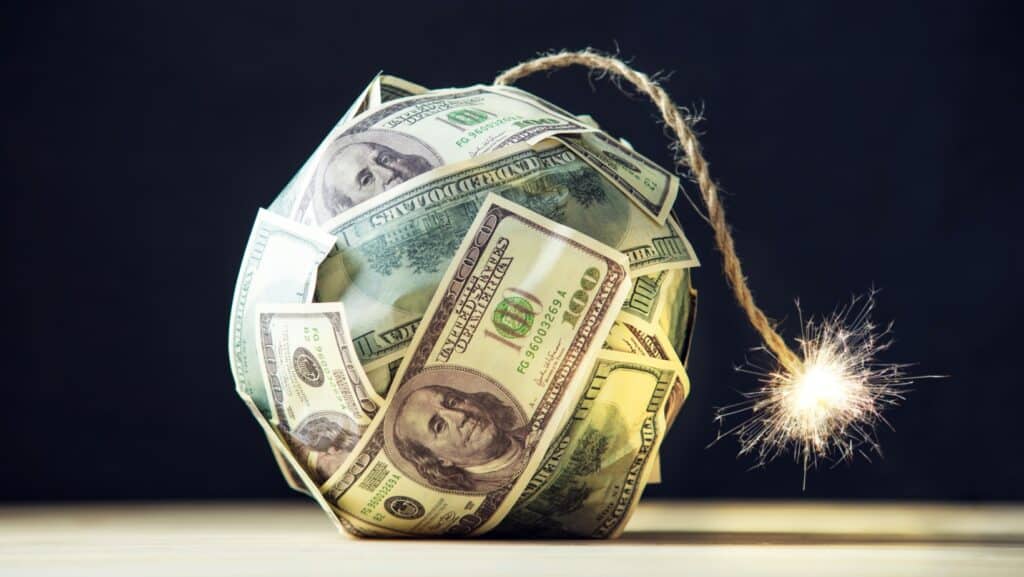
We all think we’re making smart financial decisions, but some money moves that look savvy can actually cost you more in the long run. From credit to investments to everyday habits, here are a dozen common money moves that deserve a second look before you commit.
READ: 12 Common Money Moves That Can Backfire Big Time
Join Us

Join us on this empowering journey as we explore, celebrate, and elevate “her story.” The Queen Zone is not just a platform; it’s a community where women from all walks of life can come together, share their experiences, and inspire one another. Welcome to a space where the female experience takes center stage. Sign up for our newsletter so you don’t miss a thing, Queen!







